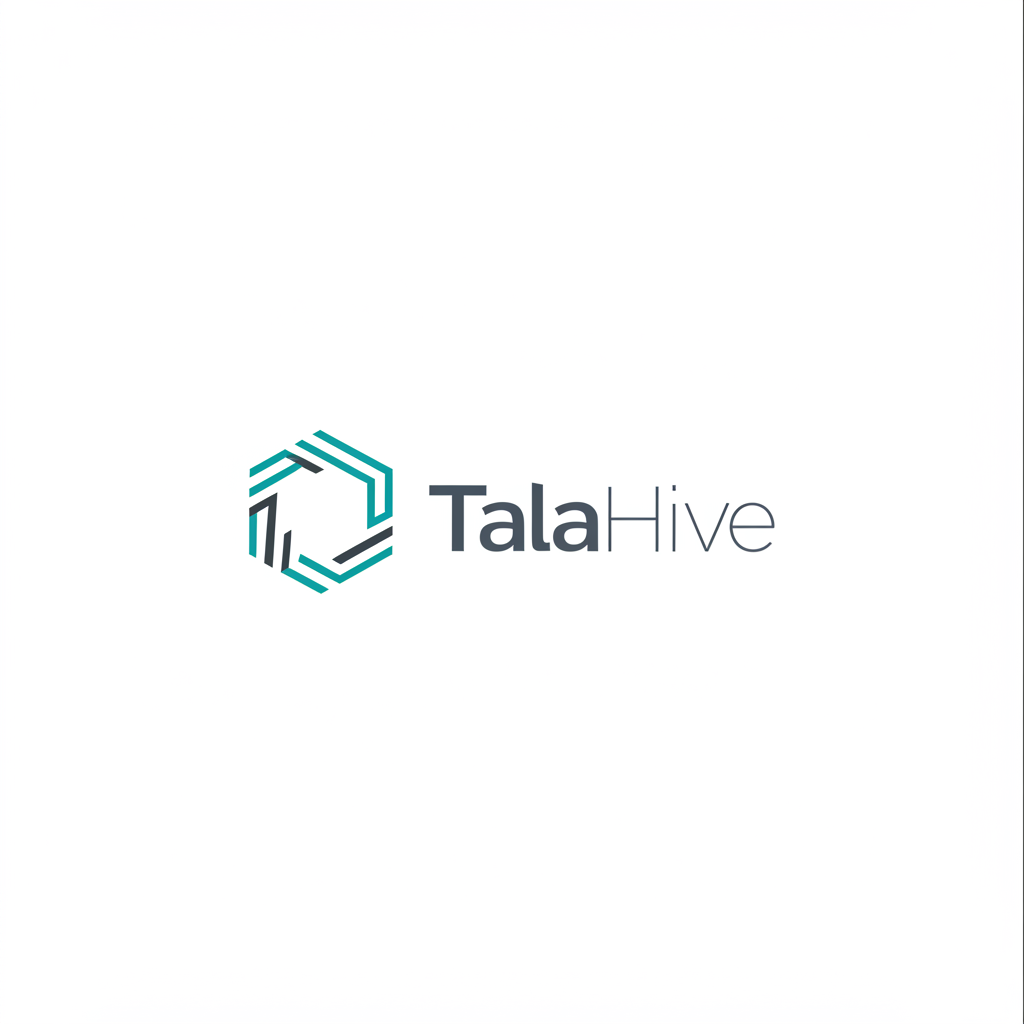TalaHive
A shared studio space and community for visual artists
September 2018 - February 2019
Business Concept Development

TalaHive was conceived as Nigeria's first dedicated shared studio space for visual artists, addressing a critical gap in the creative infrastructure of the country. The project aimed to provide professional-grade facilities and a supportive community environment for painters, sculptors, ceramicists, textile artists, fashion designers, graphic artists, and animators.
Unlike tech-focused coworking spaces that dominate Nigeria's shared workspace market, TalaHive was specifically designed to meet the unique needs of visual artists who require specialized equipment, ample space, natural lighting, and freedom from the constraints of traditional 9-to-5 work environments.
Specialized Studios
Wet and dry studios equipped for various artistic disciplines
Artist Community
Collaborative environment for emerging and established artists
First in Nigeria
Pioneering dedicated artist workspace in the Nigerian market
In 2019, TalaHive was developed as a business concept, showcasing the vision for supporting visual artists with professional-grade facilities and a supportive community environment. The project involved designing the studio layout, sourcing equipment, developing a membership model, and building a community engagement strategy.
Although the project didn't proceed to full implementation, it provided valuable insights into the needs of visual artists in Nigeria and the challenges of creating a sustainable shared studio space in an emerging market.
Key Learnings
The project revealed a significant unmet need for dedicated artist spaces in Nigeria, with existing coworking spaces primarily serving tech startups and not addressing the unique requirements of visual artists.
Word-of-mouth marketing and connections within the local art community proved to be effective channels for generating interest, highlighting the importance of community engagement in the creative sector.
Creating a sustainable business model for creative spaces requires careful balance between affordability for artists and generating sufficient revenue to maintain operations and specialized equipment.
The project highlighted the importance of specialized infrastructure for different artistic disciplines and the need for flexible, 24/7 access systems to accommodate artists' non-traditional work schedules.